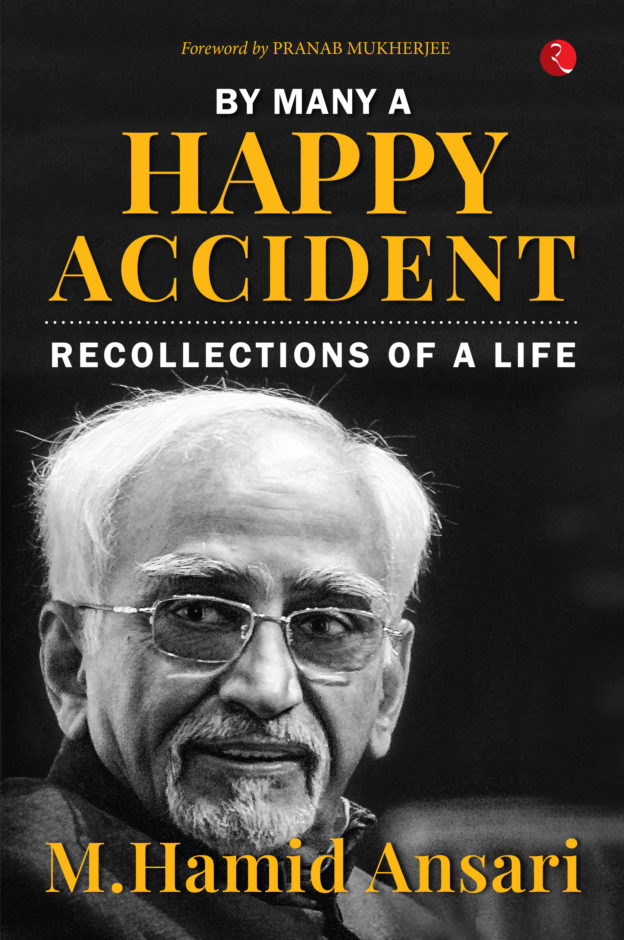The Indian Craftsman
no information available
The role of a craftsman in India from times memorial was significant to display the grandeur and patronage shown by the feudal masters. This concise volume by Coomaraswamy describes the socioeconomic metaphysical and supernatural aspects of the Indian guild community from the antiquity period. The present work discusses the three categories of craftsmen – countryside town and palacecumtemple to describe the activities and conditions of Indian guilds. He covers the postVedic and Epic era from the time of sage Manu the author of Manusmriti and classical Hindu epics like Ramayana and mentions the presence of guild communities and craftsmanship from the Jatakas and also in Abul Fazl's AiniAkbari. The present work reflects the issues of casteism religion and quality standards practiced by guild communities and how guilds were organized as per the societal norms in the past. Coomaraswamy also analyses the role of guilds and craftsmanship found in India and Ceylon. He also covers the training given to craftsmen to develop their skills and artwork to avoid a surplus and deficit workforce. It also covers the measures standards and regulations adopted by Indian guilds. About the Author Ananda K. Coomaraswamy (22 August 1877–9 September 1947) is a Ceylonbased metaphysician historian theorist and philosopher of Indian art. He brought the Indian tradition of art into the western world. He was also seen as the bridgemaker between western and Indian art and philosophy as he was much inspired by Hindu and GrecoRoman traditions. His works were influenced by the Traditionalist and Perennial Schools of Philosophy. He authored several books which were based on the traditional arts metaphysics and social criticism. He was also the curator of Indian art at the Boston Museum of Fine Arts.
... Read more Read less










